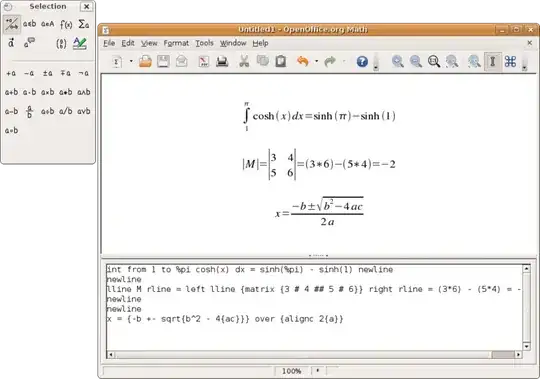Sometimes, although not often, I have to include math logic in my code. The concepts used are mostly very simple, but the resulting code is not - a lot of variables with unclear purpose, and some operations with not so obvious intent. I don't mean that the code is unreadable or unmaintainable, just that it's waaaay harder to understand than the actual math problem. I try to comment the parts which are hardest to understand, but there is the same problem as in just coding them - text does not have the expressive power of math.
I am looking for a more efficient and easy to understand way of explaining the logic behind some of the complex code, preferably in the code itself. I have considered TeX - writing the documentation and generating it separately from the code. But then I'd have to learn TeX, and the documentation will not be in the code itself. Another thing I thought of is taking a picture of the mathematical notations, equations and diagrams written on paper/whiteboard, and including it in javadoc.
Is there a simpler and clearer way?
P.S. Giving descriptive names(timeOfFirstEvent instead of t1) to the variables actually makes the code more verbose and even harder too read.
